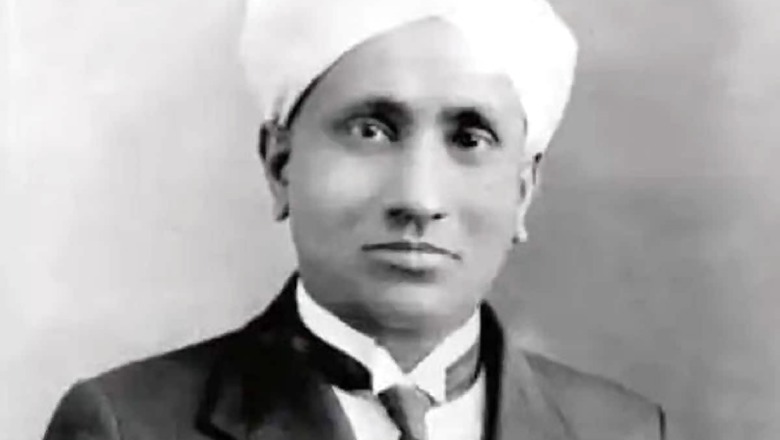
views
Chandrasekhara Venkata Raman or CV Raman is a pioneer in the field of optics. Having shown excellent temperament for science from a nascent age, Raman went on to discover a property of light, known as the Raman Effect, for which he was awarded the Nobel Prize in Physics in the year 1930.
On his birth anniversary, here are some interesting facts about the genius:
1. From a young age, he had achieved great research-based success from his independent experiments regarding optics and acoustics. Being born on November 7, 1888, to a lecturer father helped in drawing his interest in academics from the get go.
2. Such was his genius that Raman entered Presidency College, Madras, in 1902 and graduated with a BA degree two years later at the age of 16. He had also bagged the first place and received the gold medal in physics. By 1907, he had gained his MA degree.
3. Raman started working at the Indian Finance Department in 1907 as Assistant Accountant General but continued with his experiments in the field of light scattering at the Indian Association for the Cultivation of Science in Kolkata (then Calcutta).
4. He managed to author his first research paper on diffraction of light by 1906 while he was still a graduate student. During this time, he was allotted PhD students by the University of Calcutta as well as several other colleges. Some of them were from the University of Allahabad, Queen’s College Indore, Rangoon University, Institute of Science Nagpur, Krishnath College and the University of Madras. By the year 1919, Raman had guided over a dozen students.
5. It was in an experiment performed with one of his students that CV Raman discovered that when light traverses a dust-free transparent material, a small fraction of the light emerges in directions other than that of the incoming beam in 1928. This effect of light was then called the Raman scattering or the Raman effect. This then gained him the 1930 Nobel Prize in Physics.
6. After working at Calcutta University for 15 years, Raman accepted the post of Professor at the Indian Institute of Science at Bengaluru in 1933. In 1948, he established the Raman Institute of Research at Bengaluru and became the director of the institution.
Read all the Latest News, Breaking News and Coronavirus News here




















Comments
0 comment